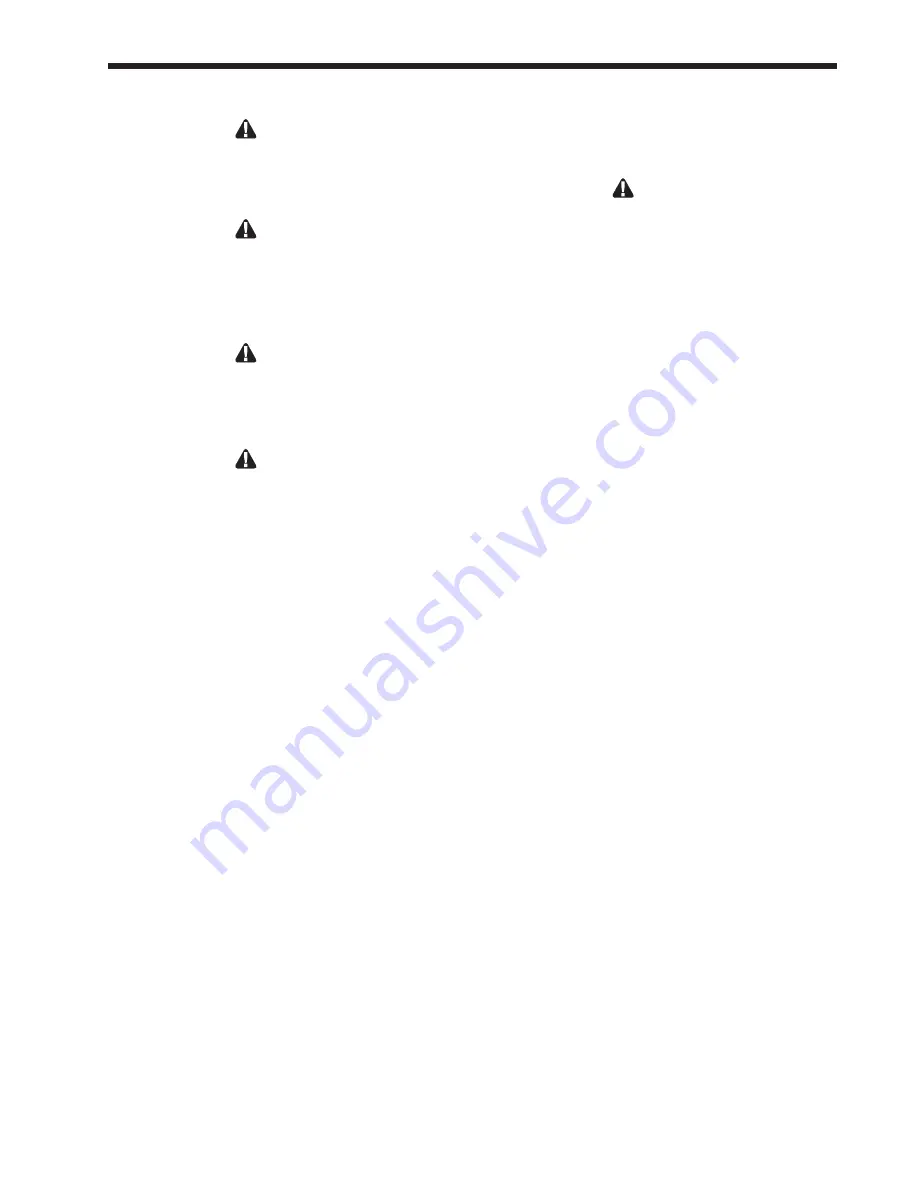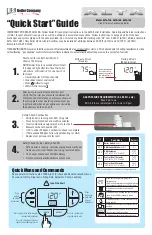
NeoTherm Boilers and Water Heaters
Page 9
3.2 Venting
WarnInG
Selection of improper vent materials for installations
that are installed in closets, or will be operated
in high ambient temperature levels, may lead to
property damage, personal injury, or death.
WarnInG
A 12” section of CPVC must be connected directly
to the boiler before a PVC vent system can be used.
Connecting PVC directly to the boiler’s flue collar
may cause vent failure, leading to property damage,
personal injury, or death.
WarnInG
Failure to use the appropriate vent material,
installation techniques, or glues and sealants could
lead to vent failure causing property damage,
personal injury or death.
WarnInG
All venting must be installed according to this
manual and any other applicable local codes,
including but not limited to, ANSI Z223.1/NFPA 54,
CSA B149.1, CSAB149.2 and ULC-S636. Failure to
follow this manual and applicable codes may lead to
property damage, severe injury, or death.
The flue temperature of the NeoTherm changes
dramatically with changes in operating water
temperature. Therefore, it is necessary to assess
the application of the boiler to determine the
required certified vent class. If the NeoTherm
is installed in an application where the ambient
temperature is elevated, and/or installed in
a closet/alcove, CPVC, polypropylene, or
stainless steel material is required. If the system
temperatures are unknown at the time of
installation, class IIC or higher venting material
is recommended.
The NeoTherm is a Category IV appliance and may
be installed with PVC, CPVC that complies with
ANSI/ASTM D1785 F441, or polypropylene that
complies with ULC-S636 Class 2C, or a stainless
steel venting system that complies with the UL
1738 Standard. (See Table 5.) The unit’s vent can
terminate through the roof, or through an outside
wall.
The use of polypropylene vent material has
been accepted by CSA for use with exhaust and
combustion. The polypropylene vent manufacturer
shall have ULCS636 Class 2C approval or higher
with a recognized listing agency for all components
used in the venting system. All components used
must be from the same manufacturer and designed
for use with exhaust temperatures of 195°F
(90°C) or higher. When installing polypropylene
vent systems, please, refer to the vent supplier’s
installation instructions for proper installation
techniques.
WarnInG
A 12” section (305 mm) of CPVC must be
connected directly to the boiler before a PVC vent
system can be used. Connecting PVC directly to the
boiler’s flue collar may cause vent failure, leading to
property damage, personal injury, or death.
When using PVC/CPVC for the vent material,
the first 12 inches (305 mm) of the vent must be
connected to the CPVC section included with the
NeoTherm unit. The CPVC vent section included
with the NeoTherm may be broken by CPVC fittings
if necessary, but never reduced in total length.
See Table 2 to select the appropriate vent pipe
diameter. The vent pipe must pitch upward, toward
the vent terminal, not less than 1/4” per foot, so
that condensate will run back to the NeoTherm to
drain. Route the vent pipe to the heater as directly as
possible. Seal all joints. Provide adequate hangers
as required in the venting system manufacturer’s
Installation Instructions. Horizontal portions of the
venting system must be supported to prevent sagging
and may not have any low sections that could trap
condensate. The unit must not support the weight of
the vent pipe. Please see Table 2 for proper diameter
vs. length allowed.
3.2.1
Common Venting
A single vent that is shared by multiple NeoTherm
units
must
be engineered by a competent venting
specialist, and could involve the selection of draft
inducing equipment, hardware and controls to
properly balance flue gas pressures.
Do not common
vent NeoTherm units unless the vent system
meets this requirement. NeoTherm units are
never permitted to share a vent with Category I
appliances.
3.2.2
Condensate Drain trap
A condensate drain trap is included with the boiler
and is supplied to drain the boiler of condensate.
The vent condensate should be drained through a
drain tee located in the vent line. This will help
prevent excessive condensate from entering the
boiler condensate trap and preventing the boiler
from operating.
Connect a 3/4” PVC pipe between the drain
connection and a floor drain (or condensate pump if
a floor drain is not accessible).
Summary of Contents for NTV1000
Page 2: ......
Page 35: ...NeoTherm Boilers and Water Heaters Page 31 Fig 20 Ladder Diagram...
Page 36: ...LAARS Heating Systems Page 32 Fig 21 Wiring Diagram...
Page 37: ...NeoTherm Boilers and Water Heaters Page 33...
Page 51: ...NeoTherm Boilers and Water Heaters Page 47 Fig 52 Connection Terminals...
Page 130: ...LAARS Heating Systems Page 126 Fig 140 Machine Frame and Rear Panel 13 3 PARTS ILLUSTRATIONS...
Page 131: ...NeoTherm Boilers and Water Heaters Page 127 Fig 141 Front Panel and Covers...
Page 132: ...LAARS Heating Systems Page 128 Fig 142 Burners and Combustion Chambers...
Page 134: ...LAARS Heating Systems Page 130 Fig 145 Electronic Components...
Page 135: ...NeoTherm Boilers and Water Heaters Page 131 Fig 146 Condensate Trap Fig 147 Control Bezel...
Page 136: ...LAARS Heating Systems Page 132 Fig 148 Flow Switch...
Page 137: ...NeoTherm Boilers and Water Heaters Page 133 This page intentionally left blank...














































